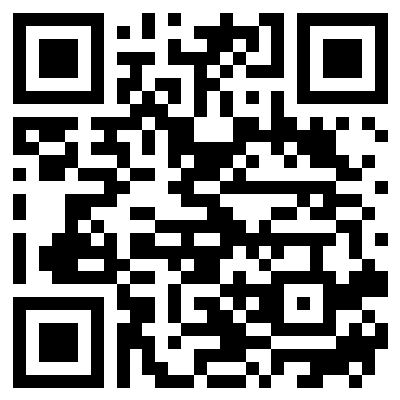Essay
Bill Support Essay
HF2388 - Returning land to Upper Sioux Tribal Community
My bill, Returning Land to Upper Sioux Tribal Community, can help many Indigenous people in more ways than one. For example, giving the ancestral land back can increase the Indigenous population and let the communities grow and expand together. I believe that this bill should be passed because it does way more good than harm. Giving the land back allows the Upper Sioux Tribal communities to have control over their land and also be able to manage resources and develop economic opportunities that can improve their quality of life for the tribe and future generations.
The Upper Sioux Community has struggled for a very long time with its formal designation as an Indigenous community. They have experienced things such as poverty, substandard housing, inadequate health care, and even racial micro aggressions. Tribal leaders strive to help benefit their communities and their lifestyles by working hard towards improving the standards of living qualities on the reservation. This can come with the return of their Indigenous land. The fight for this land has been very hard and challenging. It has involved decades of advocacy, many legal battles, and many many tough negotiations. These experiences and efforts have highlighted and reflected the ongoing struggle for Indigenous communities to reclaim their ancestral lands and rights.
The land that they call Pezihutazizi Kapi (the place where yellow medicine is dug.) is the homeland of the Dakota Oyate (Nation), which has been home for thousands of years going way back. This area boards the Minnesota River Valley, but only in 1862 following the U.S./Dakota Conflict of 1862 the Dakota either exterminated or forcibly removed to different reservations located somewhere far away, or voluntarily fled to avoid harm and keep safe. During this troubling conflict, many Dakota died. Those who did survive the displacement defied the state and federal governments by not staying and living in the differently located reservations outside of Minnesota and returning to the Indigenous homelands on the Minnesota River Valley.
In 2019, Chairman Kevin Jensvoid shared with Governor Tim Walz the deep history and significance of the land to the Yellow Medicine people. This fight goes back nearly 20 years with Elitta Gouge telling the tribal chairman Kevin Jenvsold that she wanted to bring back the Upper Sioux Agency State Park to the Upper Sioux Tribal Community. Bringing back this agency can have numerous positive impacts, such as restoring cultural heritage, providing space for cultural traditions, managing resources, regaining empowerment and pride, and symbolizing resilience and justice. With the determination of the Upper Sioux Community, the goal of receiving back stolen land does not seem impossible for them.
One potential negative to the bill of returning the Upper Sioux Tribal Communities could be the complexity of the land ownership transition, this can include and ensure that each and all legal documents are correctly handled, which is time-consuming and can and may require significant expertise which is very crucial to this process. Also, the impact on Non-Indigenous residents meaning the people that are using the land for business, and use the land for recreational purposes may be affected by the change in ownership. Due to this, they would have to adapt to new regulations set by tribal authorities and or governments. Bringing awareness to these possible potholes would take careful planning, communication, and cooperation between every party involved for a fair transition between everyone.
In conclusion, supporting the bill of returning land to the Upper Sioux Tribal Community is a step forward toward justice and reconciliation, It honors their cultural heritage, empowers Indigenous people, and addresses historical injustices. Casting your vote in favor of this bill is a powerful way to contribute to a more inclusive and respectful society and future. A future where we undo wrongs that should have never happened.
References:
(Minnesota Department of Natural Resources, March 15, 2024)
https://www.dnr.state.mn.us/news/2024/03/15/upper-sioux-community-and-state-minnesota-mark-return-sacred-land
(Craig Baker, November 1, 2024)
https://nni.arizona.edu/news/landback-return-upper-sioux-agency-state-park-upper-sioux-community
(Craig Baker, November 1, 2024)
https://nni.arizona.edu/news/landback-return-upper-sioux-agency-state-park-upper-sioux-community
(Upper Sioux Community Pezihutazizi Oyate, 2024)
https://www.uppersiouxcommunity-nsn.gov/history#:~:text=Thus%20far%20the%20 Upper%20 Sioux,which%20now%20 stands%20at%20547.
(Minnesota Department of Natural Resources, 2023)
https://www.dnr.state.mn.us/parkfinder/upper-sioux-agency-state-park-land-transfer.html
(Melissa Olson, March 15, 2024)
https://www.mprnews.org/story/2024/03/15/after-161-years-land-was-officially-returned-to-the-upper-sioux-community

